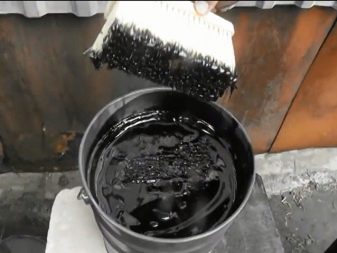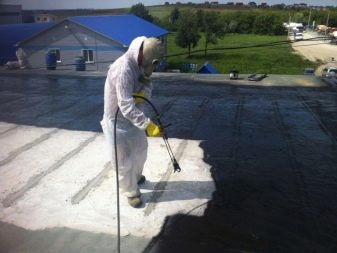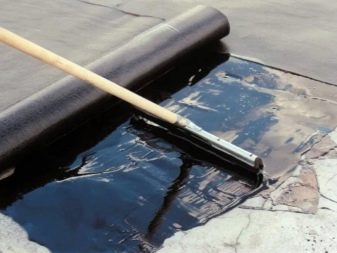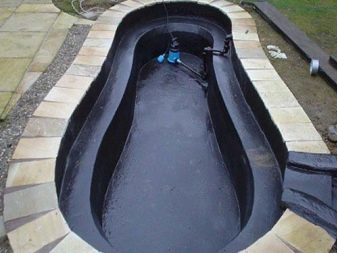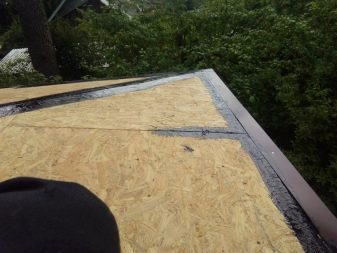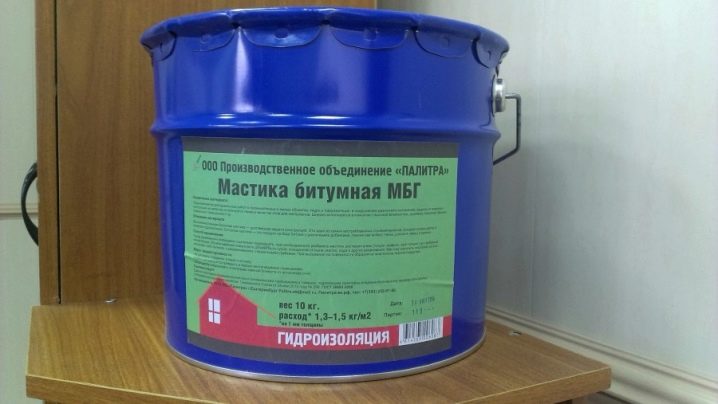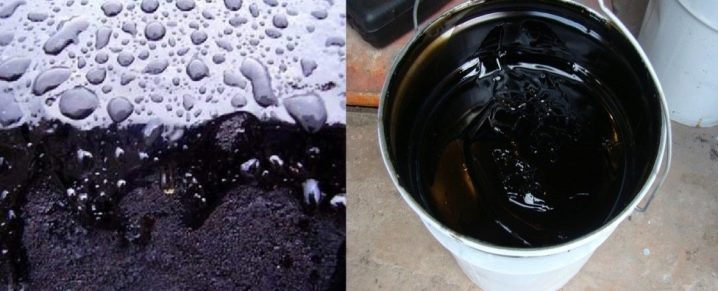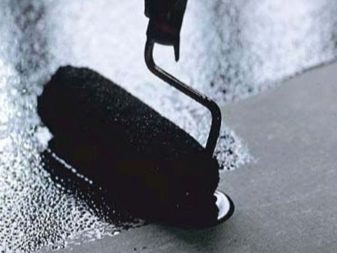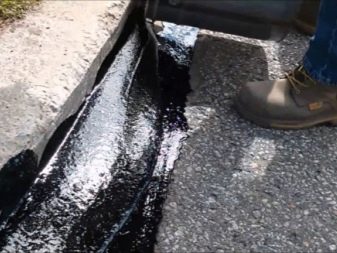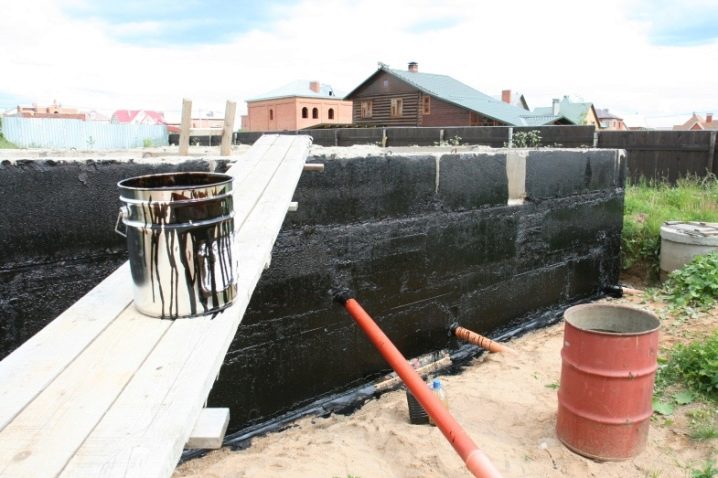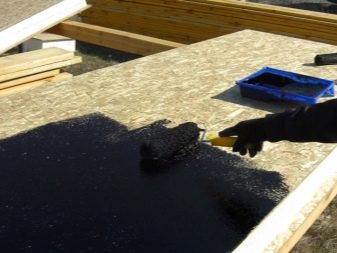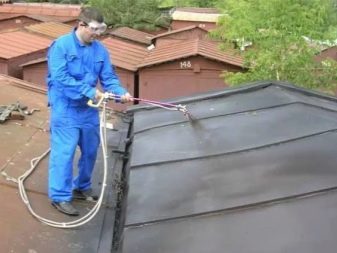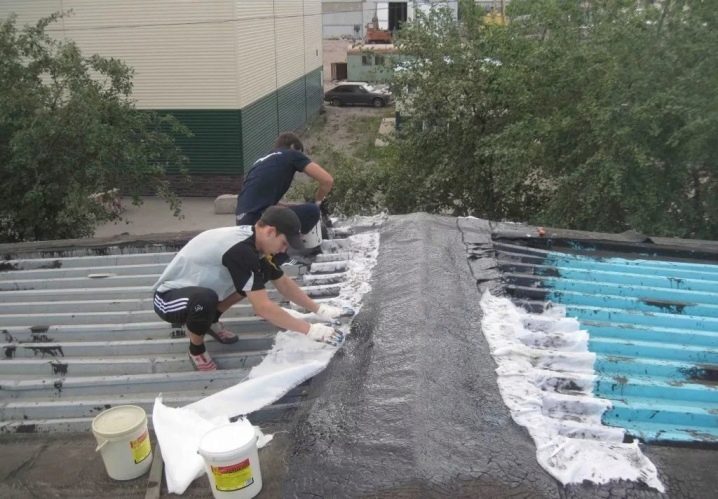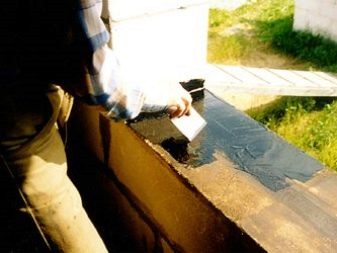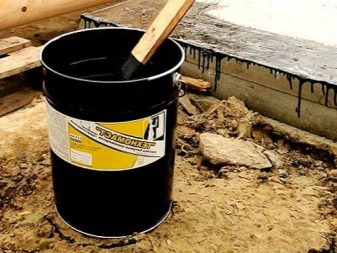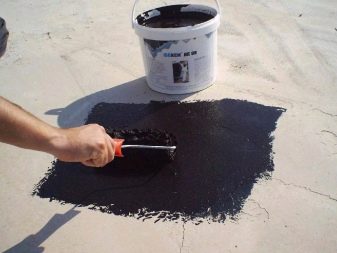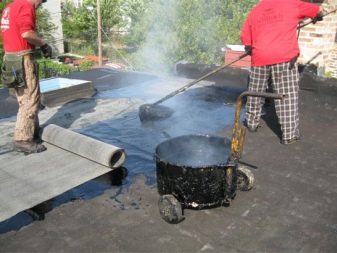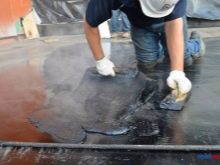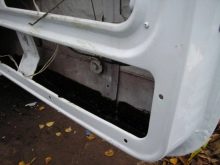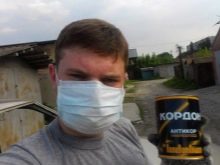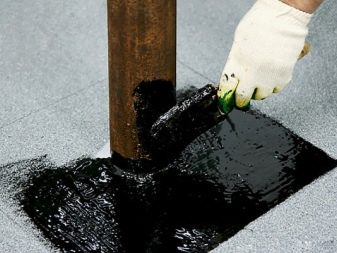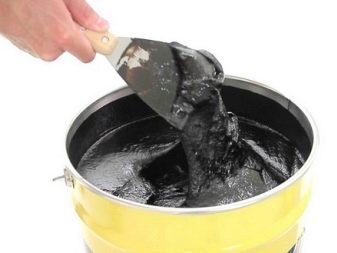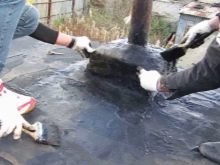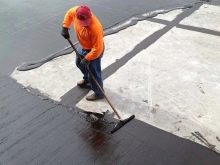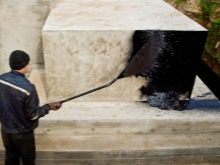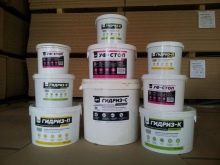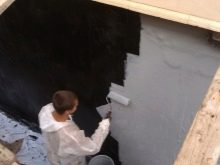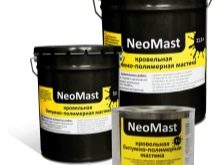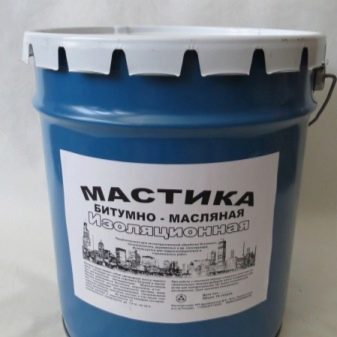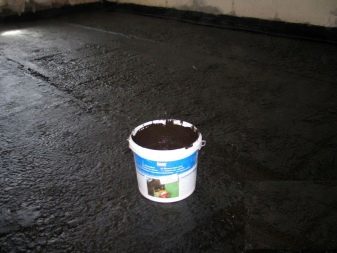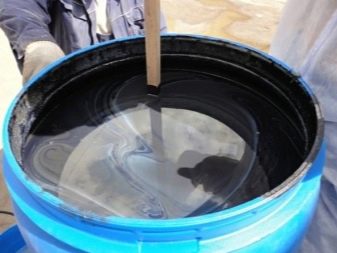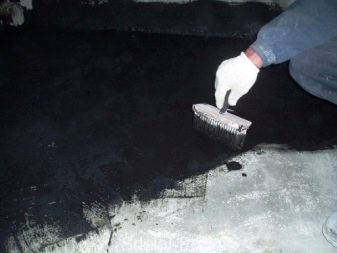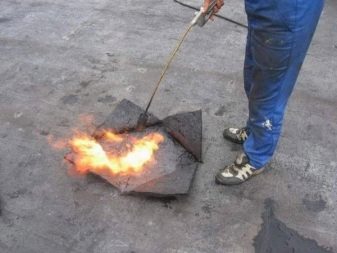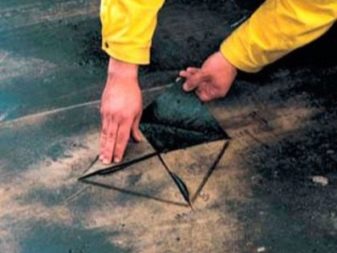Bitumen-polymer mastic: use and varieties
Long service life and efficient operation of any buildings and structures largely depend on the reliability of their waterproofing. The best way to protect structures from the damaging effects of moisture is bitumen-polymer mastic. It gives the design water-repellent, insulating, fungicidal and anti-corrosion properties.
Specifications
The market for roofing materials today is very large and diverse, but despite this, bitumen mastic is still in great demand. This is not surprising, because the material has excellent characteristics: low price is combined with high quality insulation, and besides, a great advantage is the ability to use mastic not only as a sealant or glue, but also for arranging a dense resinous coating of a concrete base.
The most primitive mastic can be made at home. To this end, the heated bitumen resin is mixed with machine oil, organic solvent and filler (as the latter, chalk or organic fiber can be used).
When working, you must comply with safety regulations, since mixing boiling resin with a solvent may be unsafe, so it is better to use industrial compounds.
The composition of the product includes a variety of plasticizers, which largely affect the technical characteristics of the mixture. For example, rubber is added to achieve greater plasticity, and thick oils of inorganic origin are added to increase frost resistance. The filler is used to save the basic components of the composition, as well as to increase the strength and reduce brittleness after curing.
Mastic norms according to GOST:
- the structure must be homogeneous, without any impurities;
- high heat resistance - performance characteristics remain unchanged at external temperatures up to 70 degrees;
- mastic should be made from environmentally friendly raw materials that do not contain harmful and toxic substances;
- the coating has high adhesion with materials of all types;
- when cured it creates a dense web without cracks and other deformations.
Bitumen-polymer roofing mastic differ in the following technical and physical parameters:
- minimum temperature of warming up - 100 degrees;
- minimum shear strength of the joint - 1.5 N / m;
- degree of adhesion with concrete - 0.1 MPa;
- the level of moisture absorption in 24 hours - from 1.5 by weight.
Depending on the composition, bitumen mastic can be one- and two-component. The first one is realized already ready to work, however, after depressurization it must be used immediately in full, since the material thickens and dries out rather quickly. The second can be stored for up to one year, but to start work it is necessary to mix its individual parts in the right proportions.
Advantages and disadvantages
The unceasing popularity of bitumen-polymer mastics is due to their characteristics:
- coating durability;
- low material consumption;
- minimum weight;
- resistance to aggressive environmental factors;
- ease of application;
- high viscosity of the material;
- elasticity;
- high strength of the material;
- no shrinkage and deformation after curing;
- low cost.
The advantages of mastic include the seamless method of application, due to which the period of operation of the roof is significantly increased, as well as the ability to apply coating on all types of roofs: flat, pitched, domes or spiers.
The roof, covered with mastic, can be easily repaired, it is not necessary to dismantle the entire coating, it is enough to replace one small damaged area.
And besides, the mastic is much easier than any other roofing materials, which means that it does not create an additional load on the floors and supports, which generally increases the durability of the structure.
The disadvantages include some features of the installation work, namely:
- the work can be carried out only on a dry, clear day, so the speed of the process depends on external factors independent of the person;
- during operation it is quite difficult to control the thickness of the coating, this leads to waste of material, this is especially noticeable in cases where the roof is uneven.
Kinds
Modern industry produces mastics in a wide variety of modifications, which differ in the following characteristics:
- adhesion strength with coatings;
- moisture resistance;
- the content of the substance in the dry residue;
- resistance to high temperatures;
- tensile strength and degree of stretching of the substance.
According to the method of roofing mastic differs on hot and cold. Both versions are made from oil tars, which are waste from the petrochemical industry:
- Hot mastic Before use, they heat up to 100-120 degrees, more accurate parameters depend on the manufacturer and are indicated on the package. Such mastic has been widely used as an adhesive for fastening sheets of roofing material and roofing materials, as well as other rolled insulation materials on a bitumen base. Heating should be carried out directly at the site of the roofing works, since the composition freezes in minutes.
- Cold mastic can be used at ordinary temperature, their effectiveness is achieved by the introduction of a large number of astringent plasticizers and organic solvents. Thanks to these components, the mastic hardens much longer than hot - from one to several days.This largely determines the scope of application of the product - it serves for effective sealing, and not for gluing.
It is a well-known fact that bitumen waterproofing can be more practical and durable than laying roll materials, but the cost of work can be lower.
Roofing mastic is not the only type of coating. In works on improvement everywhere use mastics, which are used for the repair of road surfaces. These compounds are produced in several versions, which differ in the degree of extensibility and the temperature at which the coating melts. The service life of road mastic reaches 40 years.
Cordon is another kind of bitumen-polymer mastic; it is used to protect wood from fungus and mold. It is also widely used for corrosion protection of car parts.
The types of mastics that are most in demand, as a rule, have individual names, for example “Slavyanka” or the brand “Tehnomast”.
- Mastic "Slav" has established itself as a universal compound, moreover, it is completely undemanding in its application.This is a one-component mastic, which immediately after opening is applied to a previously thoroughly cleaned surface. The time for complete solidification is 10-12 hours, after which the coating becomes seamless and durable. Slavyanka mastic effectively protects building construction elements from moisture of all types: atmospheric, soil, capillary, direct contact. The mixture has high adhesion with any building materials: concrete, metal, wood, asbestos-cement and silicate surfaces.
"Slavyanka" is used only for external work, its use indoors is strictly prohibited.
- The technomas bitumen-polymer mixture has a slightly different purpose, It is water based, therefore it is absolutely safe and can be used for internal repairs. As they say consumer reviews, it is convenient and simple in terms of application, mastic, it does not require heating, and can be diluted with water-based primers. It is widely used for roofing work, as well as the arrangement of waterproofing of interior with high humidity (swimming pools, basements, shower rooms and balconies).
Purpose
Bitumen-polymer mastic is used for a wide range of works:
- surface waterproofing;
- preventing rust on the metal elements of the roof structure;
- arrangement of roofing pie;
- restoration of damage and deformations of the old roof covering layer.
More specific areas of use of mastics depend on the varieties of bitumen coating.
- Bitumen-polymer emulsion mastic. It is made on the basis of a water emulsion with the obligatory addition of latex; it does not contain any organic solvents. The scope of application of such mastic is related to the arrangement of the foundation, the priming of the concrete base and the waterproofing of the bases and concrete - in this case, the composition is used for gluing polystyrene foam and other insulating materials. Mastics of this type are also used in interior finishing works for waterproofing garages, basements and sanitary premises. After application of bitumen emulsion mastic, a waterproof elastic film is formed, which is distinguished by good hydro and vapor insulating properties.
Such mastic can be used on any surfaces (wood, steel, stone, concrete, etc.e.), and its exceptionally high performance properties are maintained even when the temperature rises to 100 degrees Celsius.
- Oil bitumen mastic. This kind of mastic is devoid of the ability to form a rigid film. This composition refers to one-component and perfectly withstands temperature fluctuations from -50 to +80 degrees. The material does not crack and maintains the ideal integrity of the coating, however, it is not recommended to use it for roofing work.
- Bitumen-rubber mastic. The best option for body work during car repairs. Such a composition is not afraid of shocks and strong vibrations. The operating temperature range is quite wide - from -40 to +100 degrees. Such a mixture is used to treat metal surfaces, but it is no less effective on concrete, brick and wood.
In construction work, mastic is used for bonding rolled materials.
- Bitumen-latex mastic. It is the result of mixing petroleum bitumen and emulsion of synthetic rubber. This composition is highly resistant to external adverse factors and aggressive effects.Its strength and elasticity retains even at temperatures below -30 degrees, however, at temperatures above 80 degrees it begins to spread. However, given that in most regions of Russia such temperatures are not the norm, latex-based mastic is widely used to insulate building structures, as well as to glue plywood and roofing felt.
- Bitumen mastic based on chlorosulfonated polyethylene. Used for painting various surfaces, excellent for use in temperate as well as tropical climates. Creates a protective coating of high strength, preventing the ingress of water and corrosion.
Application features
In order to use the mastic, it is necessary to bring it to the required degree of plasticity. To this end, the material is heated or mixed with solvents (instructions for using the composition, as a rule, detail the procedure for mixing the components).
Bitumen-polymer mastic is applied using a brush or spatula, in addition, certain types of composition sprayed with special airless sprinklers as an aerosol.In a single pass, the mastic should be applied with a layer of no more than 2 mm, otherwise the coating may crack or deform upon hardening. Each subsequent layer is applied only after complete drying of the previous one; the total ready time can reach several days.
During the repair of the roof, the place of damage is cut crosswise and the edges are folded over, after which they are carefully cleaned of debris and dried. Then the concrete base and edges are abundantly smeared with mastic and pressed tightly. A patch of ruberoid is applied on top, after having previously lubricated the surface with a thick layer of mastic.
The average consumption of bitumen-polymer mastic varies from 0.8 to 1 kg per 1 m2 if the composition is used for gluing surfaces. When waterproofing is required, the flow rate increases to 3 kg / sq. m in the formation of a layer of 2 mm in the dry residue.
To learn how to repair the roof using bitumen-polymer mastic, see the following video.


